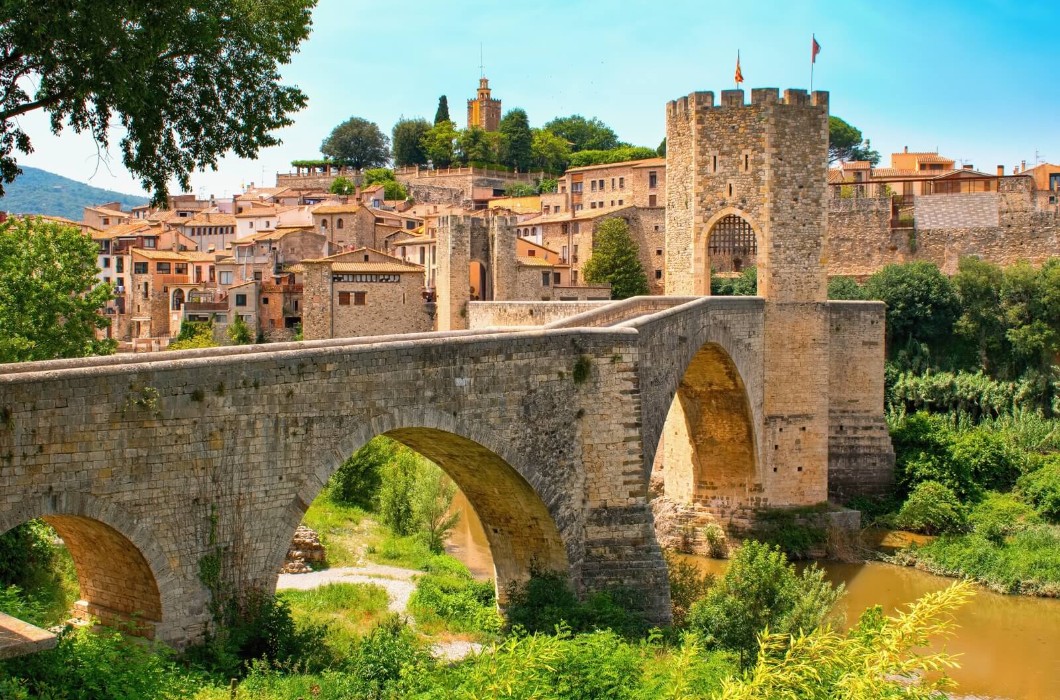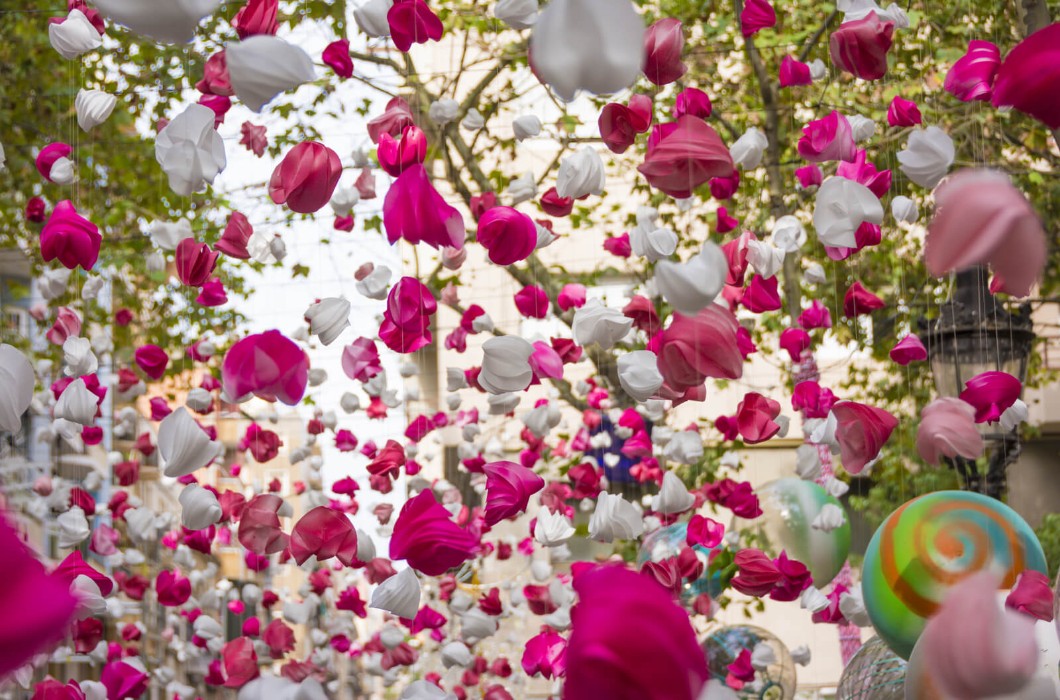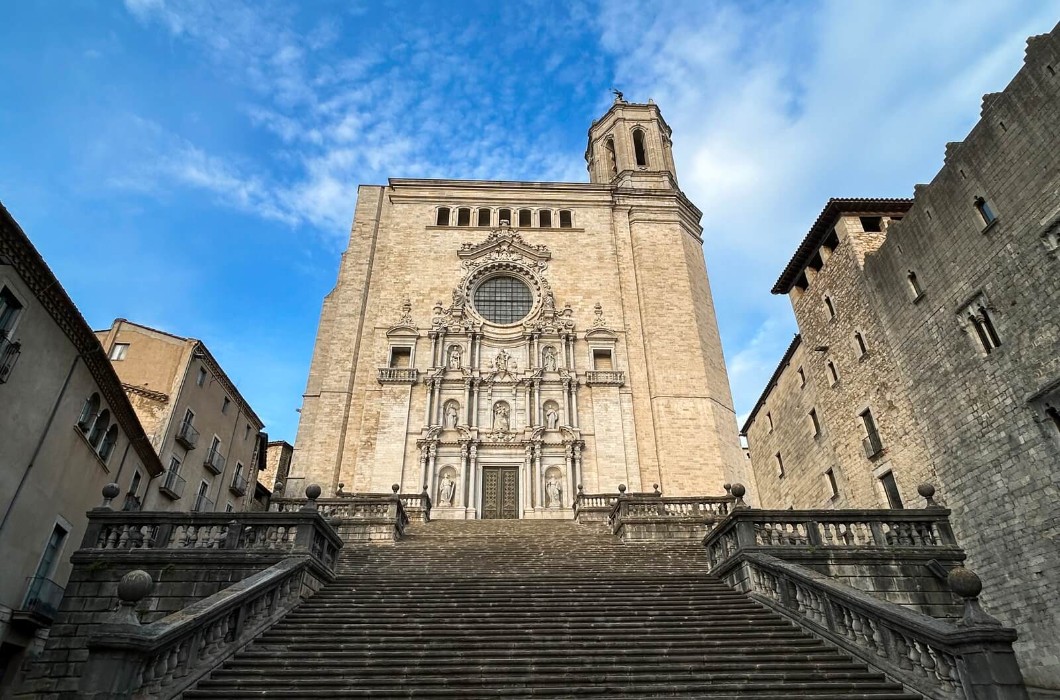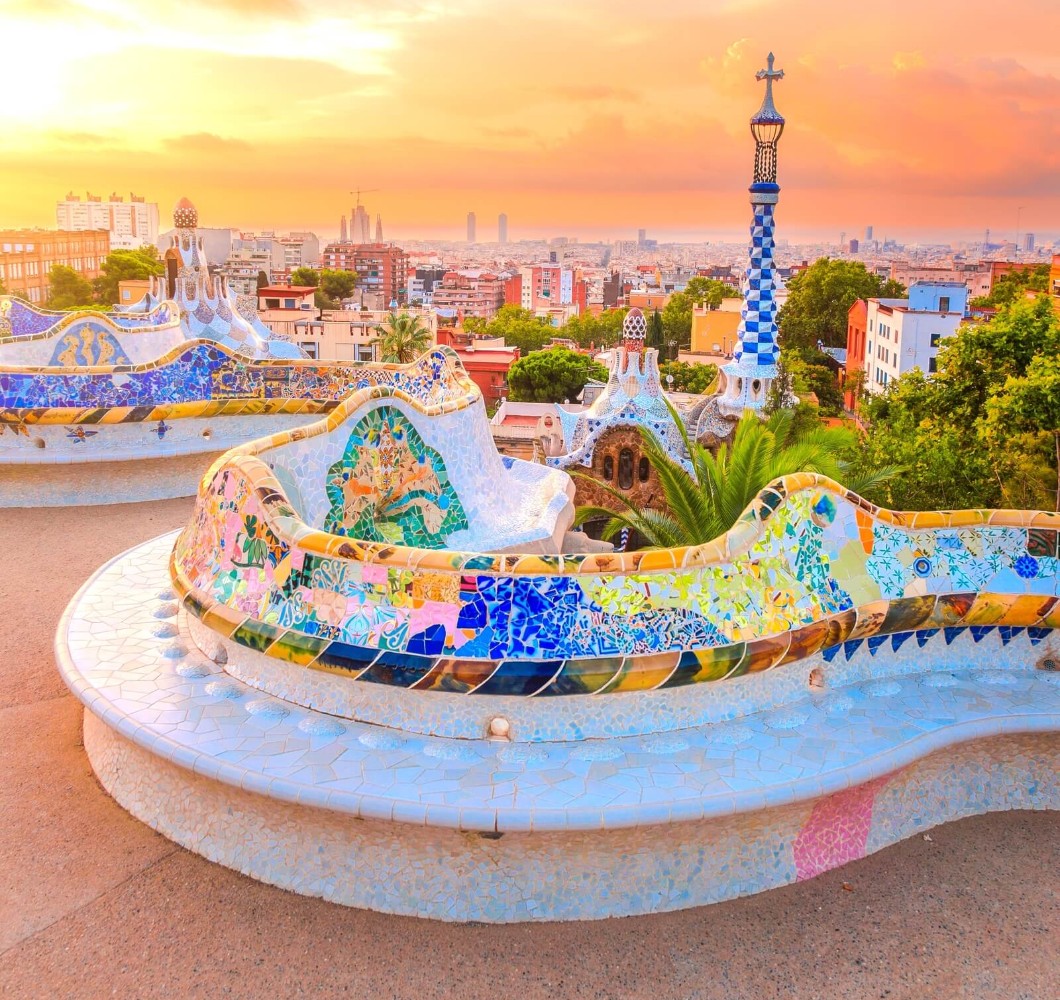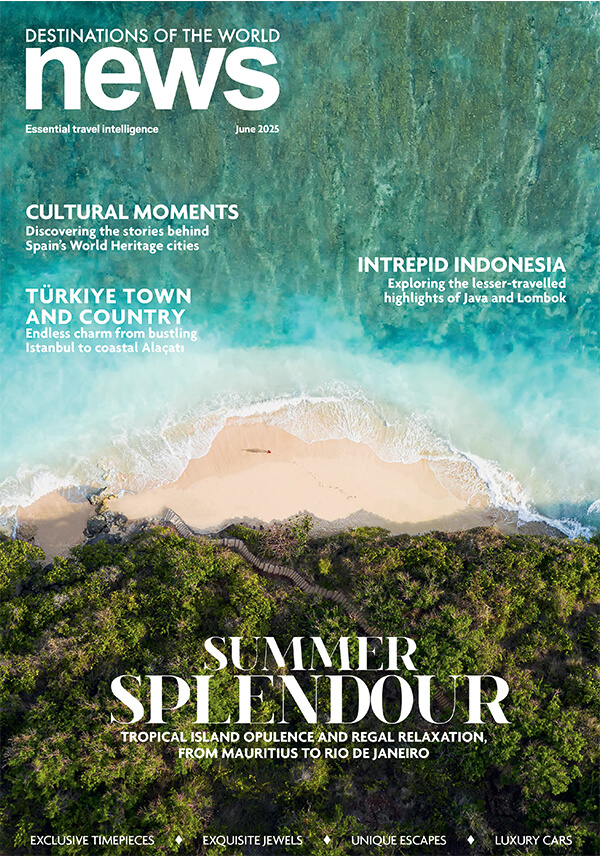Benvinguts a Catalunya. Welcome to the land of human castles and fire festivals; the country of Sardana and Gaudí. Nurtured over a thousand years, the region’s culture has enabled its people to forge their own identity, traditions and language from neighbouring France and Spain. Wherever you journey, there is Catalan character and culture oozing from every corner of this land to enjoy, and you are invited to embrace it, because as the locals say, Catalunya és casa teva (Catalonia is your home).
A STEP BACK IN TIME
The story of Catalonia has been written over millennia. Stretching back from when Neanderthals roamed the region and the construction of Albera’s dolmens, to the Iberian city of Ullastret and the ancient Greek enclave of Empúries, every turn in Catalonia offers an opportunity to immerse oneself into a fascinating history.
Begin your journey into antiquity in Tarragona, Catalonia’s only city to be listed on UNESCO’s world heritage list. Bestowed with several monuments from when it was a Roman stronghold, history buffs can indulge themselves with wanderings along the ruins of Tarraco, the first and oldest Roman settlement on the Iberian Peninsula, dating back to 3rd century BCE. There are Roman walls, a circus, an amphitheatre, an Imperial cult enclosure as well as an early Christian necropolis.
From here, a short drive will bring you to the ominous sounding Devil’s Bridge (Pont del Diable) and an exquisite example of Roman aqueduct architecture that channelled water from the Francolí River to the city. But before you bid adéu to Tarragona, check out the Cathedral of Santa Maria, whose foundations hide the ancient Temple of Augustus and was the former site of a 10th century mosque and Christian Visigothic basilica. Make the effort to climb the bell tower and you will be rewarded with the best vistas of the city.
In the Catalan Pyrenees, you will find the Ruta del Pirineu Comtal (Route of the Pyrenean Earldoms) and a lesson in the Middle Ages, a period that significantly shaped the identity, language and culture of modern Catalonia. The quiet streets of Besalú are a prime location to immerse yourself in the region’s medieval period. Perfectly preserved, the picturesque town in the province of Girona boasts a plethora of attractions including the 10th century Besalú Castle, the Church of San Vincente as well as one of the best-preserved Romanesque buildings in Catalonia, Casa Cornellà.
Then travel inland to where the Ter and Freser rivers meet to discover the town of Ripoll. Here you will be rewarded with Santa María de Ripoll, a Benedictine monastery which used to be the epicentre of Catalonia’s literary wealth. Unfortunately, a fire in 1835 destroyed much of the monastery’s vast archives but the magnificent cloister and church are very much worth the visit due to the latter’s portico’s depiction of the Bible, carved in stone.
THE PATH TO ENLIGHTENMENT
Religious traditions have left an indelible mark on Catalonia’s architectural and cultural heritage. Spiritual vestiges of the past can be found at every turn, allowing visitors to gain an understanding of the region’s history and present. Embrace this essence of Catalonia by taking one of the pilgrim paths that run throughout the landscape, the most famous being the Camí de Sant Jaume (The Catalan Way).
No spiritual trip around catalonia would be complete without gracing the monasteries of Poblet and Santes Creus
Starting in the Cabo de Creus on the Costa Brava and culminating 1,090 kilometres later in Alcarràs, the epic 26-stage walk guides travellers through stunning landscapes, beautiful villages and of course, to some of the most significant religious buildings in all of Catalonia. Among some of the route’s most notable highlights, there’s the thousand-year-old monastery, Sant Pere de Rodes, the enchanting Monistrol de Monserrat and the shrine to the Virgen de Montserrat, whose image was discovered in a cave in the 9th century by shepherds and Girona Cathedral, which Game of Thrones enthusiasts will recognise as the Great Sept of Baelor.
No spiritual trip around Catalonia would be complete without gracing the monasteries of Poblet and Santes Creus. To the south of Tarragona, sits the Poblet Monastery, one of the largest and most complete Cistercian abbeys in the world which was the site of a fortified royal residence and a pantheon of the kings and queens of Catalonia. In Aiguamúrcia, another exquisite example of the architectural infleunces of Cisterian monasteries comes in the form of Monastery of Santes Creus. Nestled in a valley near the Gaiá River, the monastery features a Romanesque façade, crowned by battlements and a spectacular Gothic window. Showcasing a Latin cross plan, the complex also has three naves and five chapels. Gothic influences are also seen in the cloister which was constructed by Jaume II in 1313.
A WORK OF ART
Generously endowed with art museums, literary routes and pulchritudinous architecture, Catalonia is a goldmine for those in search of the arts. Wander the streets of the capital, Barcelona and you will be able cast your eyes on
a host of modernist masterpieces such as Antoni Gaudí’s kaleidoscopic Park Güell, the hypnotising adulations of La Pedrera and his never-ending La Sagrada Família. Next, step into the imaginations of Pablo Picasso and Joao Miró at dedicated museums that spotlight their greatest collections, with the former’s Museu Picasso, home
to more than 4,000 incredible paintings and artworks.
Escape the confines of the city and follow your compass to Figueres, where they pay homage to the great surrealist, Salvador Dalí. With its pink exterior and roof adorned with giant white eggs, the institution promises eccentricity around every corner. Think bathtubs on ceilings, eclectic jewellery and some of his most legendary works like Basket of Bread and Galatea of the Spheres. If the museum doesn’t satisfy your thirst for Dalí knowledge, make a beeline to the coastal town of Cadaqués where you can explore the artist’s home and studio. But not all art graces a canvas. Time your visit around June and November to witness one of the great ancestral practices of the region, the Castell (human castle). Officially recognised on UNESCO’s Intangible Cultural Heritage list in 2010, some 16,000 of these human pyramids are built in Catalonia each year, to the tune of ‘Toc de Castells’, a melody that indicates each phase of the construction.

For bookworms, why not travel around Catalonia page-by-page on a literary trail? Retrace the steps of Miguel de Cervantes’ legendary Don Quixote where he is defeated by the Knight of the White Moon. Or join Daniel Sempere, Julián Carax, Fermín Romero de Torres and other characters of Carlos Ruiz Zafón’s The Shadow of the Wind and walk through a labyrinth of mysteries and surprises with Barcelona as your backdrop. If you prefer the big screen and T.V, visit some of the most iconic locations from Game of Thrones, centred around Girona, or the Barcelona-shot All About My Mother by Pedro Almodóvar.
CELEBRATIONS
With the cacophony of sounds growing louder and the kaleidoscope of colours becoming more vibrant, festival season shows Catalonia in all its cultural glory. Fanning the flames of enjoyment is the correfoc (fire-runs), where devils with firecrackers and sparklers interact with onlookers as they advance through the streets to the portentous, percussive sounds of drums. Feel the heat at the Patum de Berga held every Corpus Christi (60 days after Easter Sunday), or drink in the phenomenal sight of the summer solstice fire festivals of the Pyrenees. Here, on the longest day of the year, locals carry flaming torches down the mountains to traditional beacons that will be set alight.
Next, cool down with a trip to the Baroque surrounds of medieval town Solsona, where you can rub shoulders with papier-mâché giants. Or soak up the rhythms of the Sardana and enjoy a dance with fellow sardanes (dancers) in Barcelona. For the traditional melodies of Catalonia, choose one of 40 concerts hosted throughout the Pyrenees in summer at the Early Music Festival of the Pyrenees or let your hair down at the mega-music experiences of Sónar and Primavera Sound. Finally, fall in love with a romantic dalliance on April 23. Honouring Catalonia’s patron saint, Sant Jordi (Saint George), roses, books and lovers converge on the famous streets of the region including Barcelona’s La Rambla, Passeig de Gràcia and Passeig de Sant Joan, to celebrate World Book Day and Valentine’s Day. When you have received your book (for a man) or your rose (for a woman), make your way to Gaudí’s Casa Batllò that is adorned with hundreds of scarlet roses, to admire the architecture that tells the legend of Sant Jordi slaying the dragon and presenting the princess with one of the roses that spilled from the beast’s body. A perfect ending to your journey into the culture of Catalonia.





